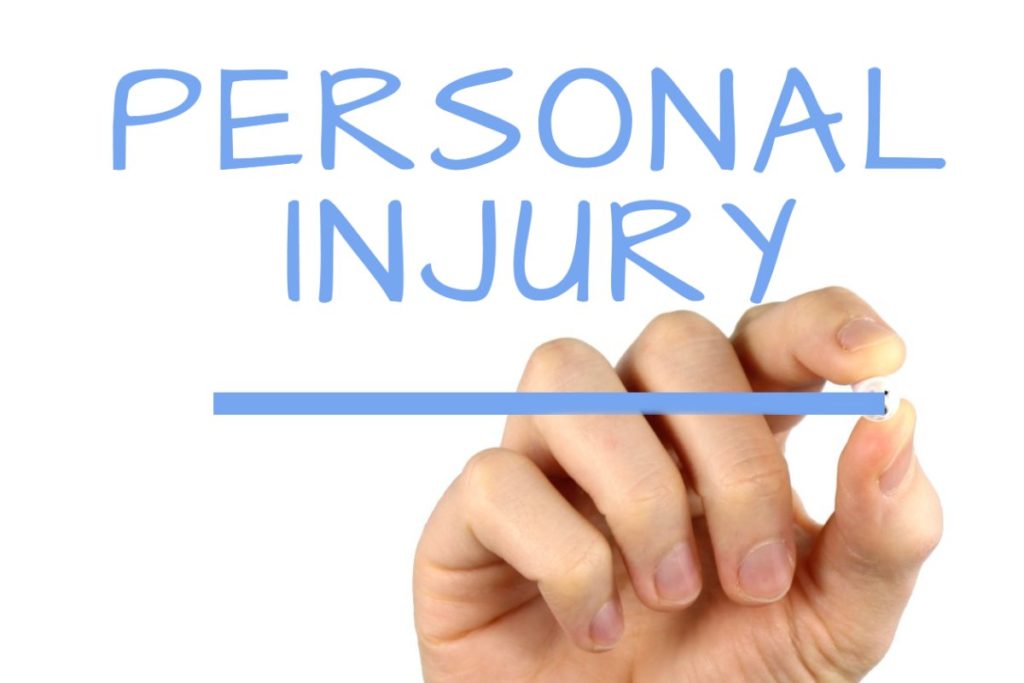You might be forgiven for thinking that everyone’s jumping on the personal injury payout bandwagon, as we’ve all seen the TV adverts promising to pay vast amounts of compensation for falling over at work, or while out and about. This isn’t the case, though. In fact, there are thousands of people suffering the after effects of falls and injuries and not seeking legal help at all.
Sometimes it’s because people don’t realised they may be entitled to help. Sometimes it’s an older person who doesn’t want to create a commotion and prefers to just “get on with it” and move on.
The truth is, though, that not enough people are looking for legal redress, and they’re doing everyone a disservice, because making companies, individuals and councils liable for the damage they cause makes them publicly accountable.
Having said all this, though, there are some sorts of injuries that are getting the attention they deserve. Ireland’s Injuries Board tells us that between 2011 and 2012 there’s been a big rise in compensation claims for burns and scalds at work.
The Injuries Board issued some personal injury compensation facts with its recent report. It said that in 2012 there were 42 accepted Injury Board assessments for burns and scalds, compared to 28 in 2011. The average payout for burns and scalds in 2012 was €19,066.
Apparently, women are three times more likely to suffer from burns and scalds in the workplace than men, because more women work in catering and cleaning than men.
If you’ve had an accident of any sort that’s led to an injury – physical or psychological – then you have two years from the “Date of Knowledge” (the day you reported the accident to the Gardai or a doctor) to submit a claim. There are exceptions to this rule, for example injuries or illnesses that don’t develop immediately, like repetitive strain injury or asbestos-related ailments.
Most personal injury claims arise from car accidents. While the Gardai leave the drivers to sort out minor prangs, more serious accidents will involve police reports, CCTV footage and witness statements. If you’ve had a bad accident, it’s important to gather this evidence to back up your claim.
Likewise, for falls and trips, you need to collect CCTV footage if possible, as well as statements. Photos of bruises and cuts can also come in handy.
You may have heard the term “contributory negligence”. This is when the plaintiff (the person bringing the claim) can be said to be partly responsible for the accident. Say you’re walking along texting and trip up over a dodgy paving stone. You probably would have seen the slab sticking up if you weren’t texting, but then again, it shouldn’t have been sticking up in the first place.
It’s these sorts of cases that benefit from a strong legal team, as the Injuries Board doesn’t tend to deal with less straightforward claims. In cases where contributory negligence is proven, the plaintiff usually has some of his or her award settlement deducted.

